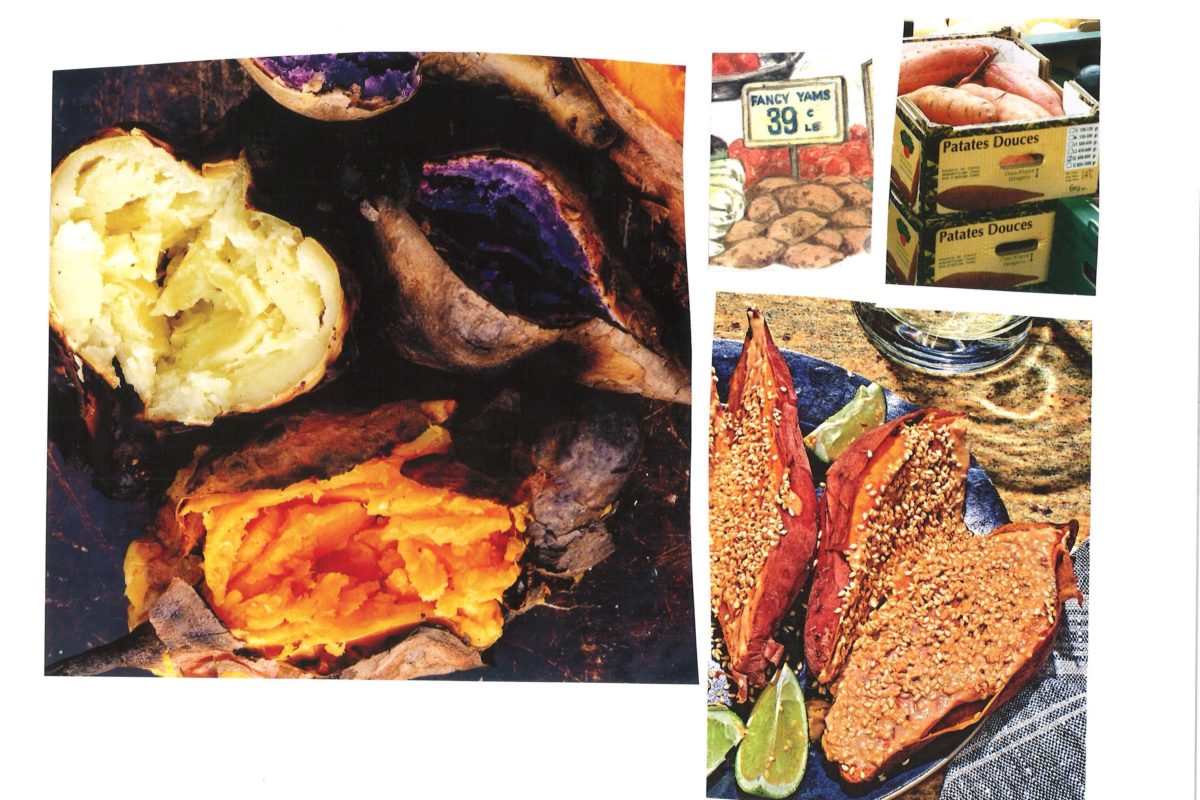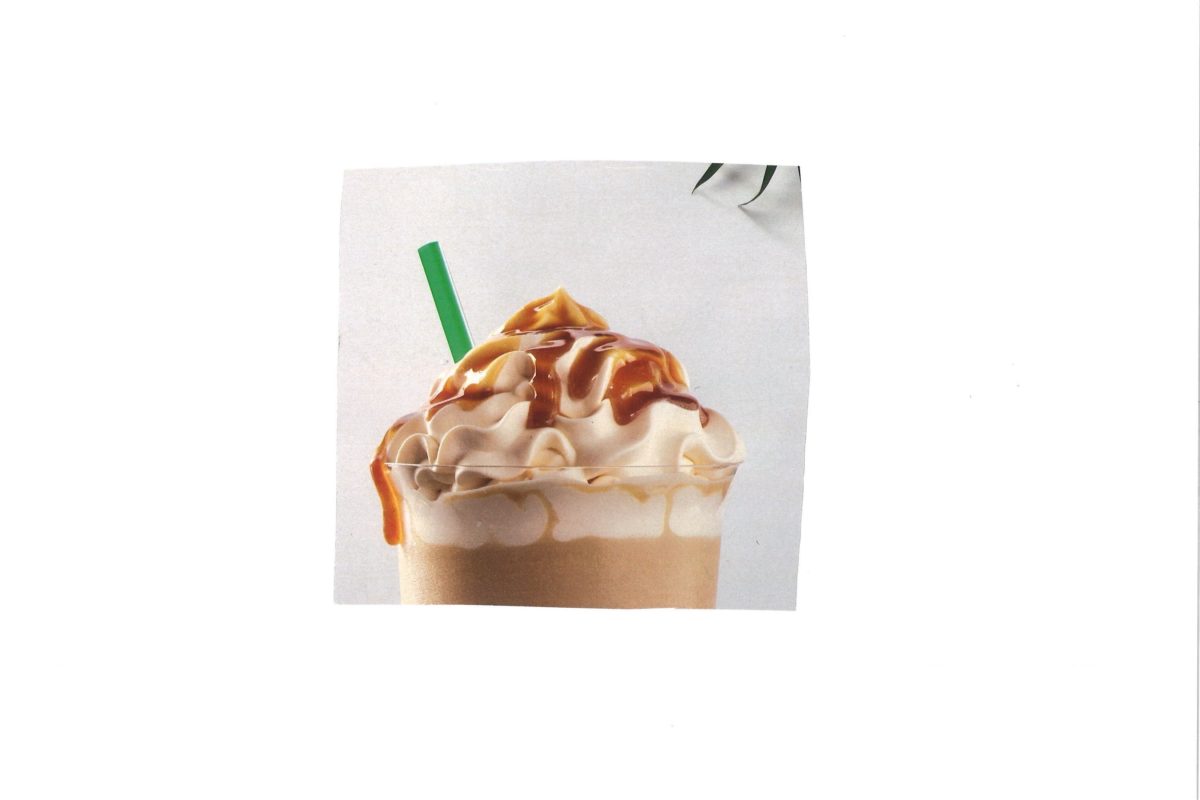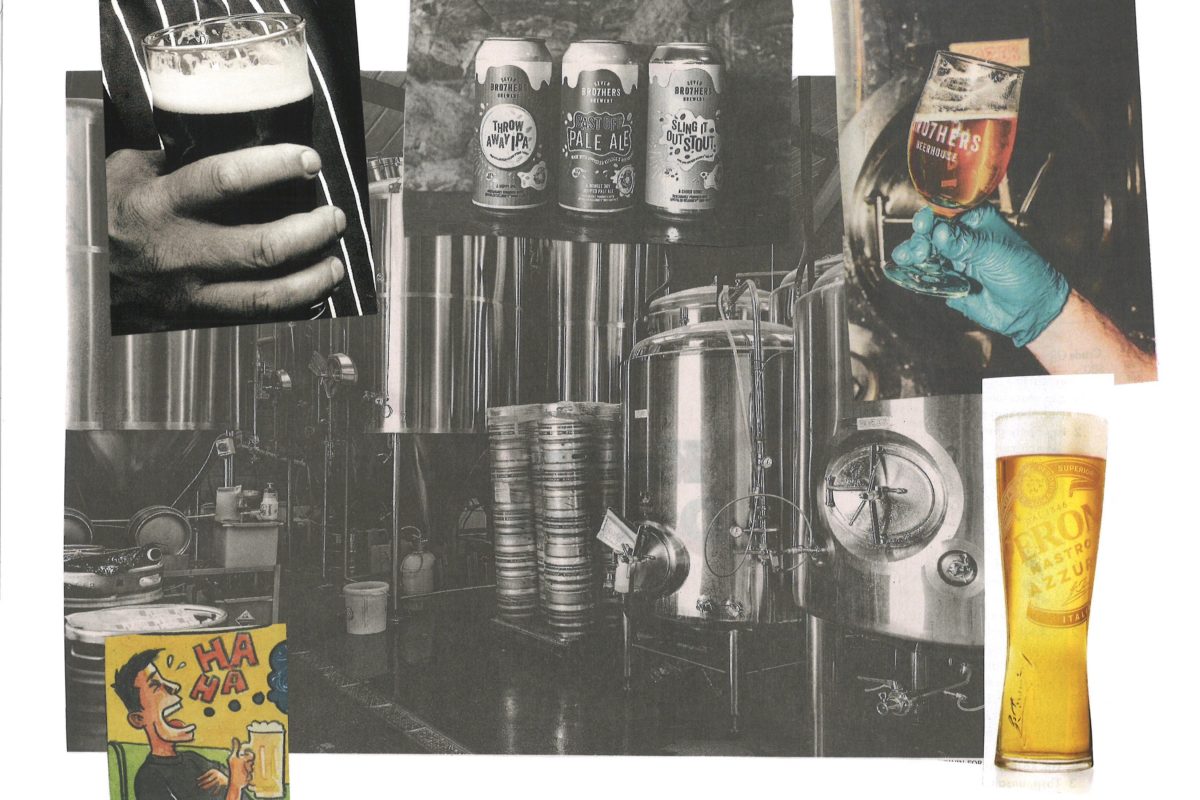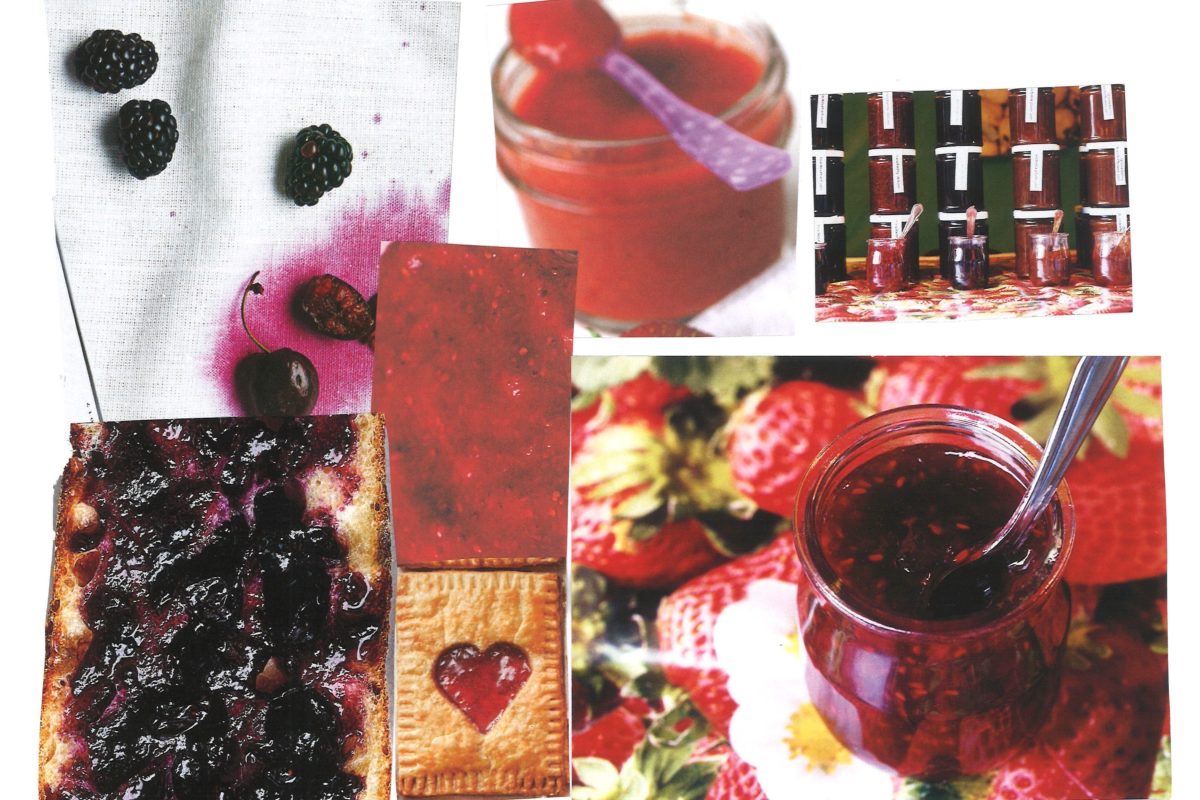What’s the Difference Between an Egg Roll, Spring Roll, and Summer Roll?
We’re all familiar with the delights of a hand-held, deep-fried, cylindrical packet of meat and vegetables, primed for dipping into cold duck sauce or hot mustard and subsequently burning our mouths with. But do we know what we’re actually eating? Let’s find out!
Spring rolls hail from China, and they have super-thin wrappers made from flour and water; these turn shatteringly crisp when fried. Their fillings usually include some combination of pork, shrimp, bean sprouts, and cabbage, and they come with a side of vinegar (for the Shanghainese versions) or plum sauce, sweet and sour sauce, and/or a Worcestershire-based dipping sauce (for the Cantonese versions). According to the Chicago Tribune, spring rolls were originally made for Chinese New Year banquets and stacked to look like bars of gold; they got the name “spring roll” because in the lunar calendar, the New Year marked the start of spring.
If the spring roll is the Chinese species in the taxonomy of fried-rolls-of-stuff, know that it is one in a galaxy of others across Asia. These might not be “spring rolls” in name—in fact, in some cases, they may be translated on a menu as “egg rolls”—but they’re all in the same crispy genus: cha gio in Vietnam, which have rice-paper wrappers; popia thot in Thailand, which are usually filled with glass noodles, bean sprouts, and wood-ear mushrooms; lumpia Shanghai in the Philippines, which are skinner and longer than other types of spring rolls; lumpia Semarang in Indonesia, which are filled with shrimp or chicken.
The egg roll is a spring-roll variant that was created in America; Andrew Coe’s book Chop Suey: A Cultural History of Chinese Food in the United States pinpoints its invention in New York by a cook named Lum Fung in the 1930s. The difference is the addition of egg to the wrapper batter, which makes it thicker and more pasta-like before frying. The easiest way to differentiate an egg roll from a spring roll? Their skins are blistered and bumpy; spring rolls are smooth. Egg rolls are usually filled with cabbage and roast pork—heavy on the cabbage—and sometimes include minced bamboo shoots and/or water chestnuts. You’ll find them served with a side of duck sauce, sweet and sour sauce, soy sauce, and/or hot mustard.
Summer rolls are Vietnamese in origin, and unlike their spring- and egg-roll cousins, they’re fresh and salad-y—which is why they are also occasionally sold as “salad rolls.” (You may also see them on a menu as “fresh spring rolls.”) They consist of a rice-paper wrapper filled with vermicelli noodles, carrots, lettuce, cucumbers, herbs like mint, cilantro, and/or Thai basil, and shrimp or pork, and they’re usually accompanied by a peanutty dipping sauce, hoisin sauce, and/or Sriracha.
And with that, I will leave you with this horrifying photo, courtesy of the cookbook Lucky Peach Presents: 101 Easy Asian Recipes:
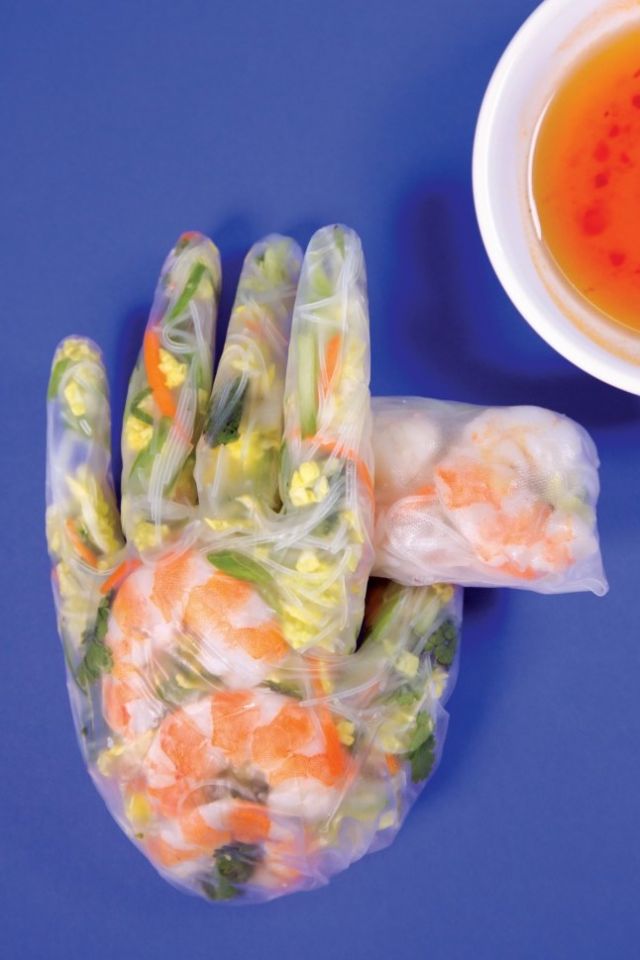
If you liked this, subscribe to the What’s the Difference newsletter here!

